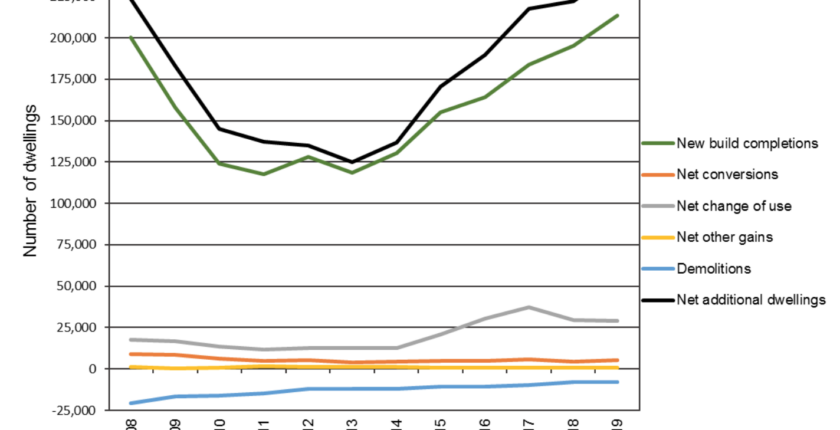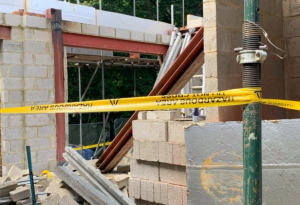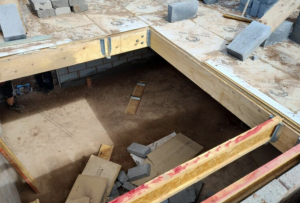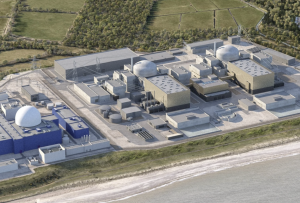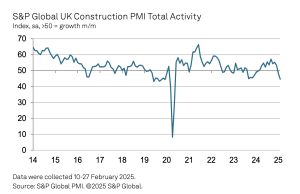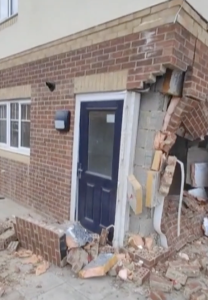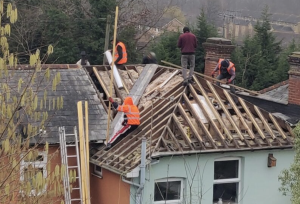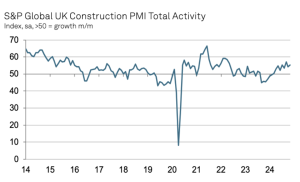Home Builders Federation reports 200,000 new homes completed
This post has already been read 1239 times!
A new report released today, based on research carried out by Lichfields for the Home Builders Federation (HBF), shows the huge contribution house building is making to the North West boom[1]. Over 1,777 new homes were provided in the region in the last year (2017-2018), generating over £301 million of economic activity.
As well as being a major employer and supporter of local smaller supply chain businesses, new developments make significant contributions towards local infrastructure and amenities through development taxes. The benefits that house building brings are major for the small communities in Cumbria, and there are some great benefits to be had.

The report shows that in 2017/18, house building in Cumbria was responsible for:
- Supporting over 5,500 local jobs
- Delivering over £301 million of economic activity
- Generating over £21m of tax, the equivalent of employing an additional 908 new police constables[2] or 968 newly qualified nurses[3]
- Delivering over £1.4m of spending on new and improved schools, the equivalent of employing 60 newly qualified teachers[4], or funding 305 additional primary school places[5]
- Generated an investment of over £49m in new Affordable Housing
- Produced investment of over £500k in open spaces, such as parks and forests
- An additional £46m spending in local shops
The report also underlines the impact the Government’s Help to Buy scheme is having in the region. Over 1,200 properties have been purchased using the scheme across Cumbria since its launch in 2013, with 969 (78%) of those purchases coming from first time buyers.
Since the scheme launched, home building has increased by 152% in Allerdale. Carlisle delivered a massive 134% increase in housing over this period, followed by 75% in Barrow-in-Furness. A decrease was shown in Copeland.
The report also underlines the impact the Government’s Help to Buy scheme is having in the region. Over 1,200 properties have been purchased using the scheme across Cumbria since its launch in 2013, with 969 (78%) of those purchases coming from first time buyers.
Since the scheme launched, home building has increased by 152% in Allerdale. Carlisle delivered a massive 134% increase in housing over this period, followed by 75% in Barrow-in-Furness. A decrease was shown in Copeland.
Stewart Baseley, Executive Chairman at the Home Builders Federation, said; “For too long the vast social and economic benefits of house building have gone unnoticed in our communities. This research shows that the home building industry is delivering much more than bricks and mortar and by working with local authorities, it is helping to provide a massive economic boost Cumbria. Over the last five years house building has given the economy a £301m shot in the arm and provided much-needed additional funding for local schools and community facilities.
“Hopefully by drawing attention to the benefits that house building brings, Cumbria will start to increase the numbers of new build homes being approved and built in the area.”
Ross Lillico, Economics Director at Lichfields, said; “We were delighted to be asked by the HBF last year to assess the economic benefits of house building across England and Wales. This latest report on the economic footprint of the industry in Cumbria follows on from our work at the national level and demonstrates the very significant contribution that house building makes county-wide. Accelerating housing delivery is fundamental to improving access to housing for people across Cumbria. However, the research demonstrates that boosting supply can also unlock substantial economic and infrastructure benefits. It is critical that the economic importance – in its widest sense – of the industry is properly recognised in planning and investment decisions.”
If the Government’s target of building 300,000 homes per year was achieved it would mean an extra 930,000 jobs created across England, and a massive £8.32bn pumped into new affordable housing.
Housing is inextricably linked to the wider health of the economy and it is often referred to as a key barometer of national economic performance. But it is also important to recognise that it also has a range of significant effects on economic performance at regional and local levels too. In particular, house building:
- Drives regional economic growth through its vast and varied supply chains and contracting relationships;
- Generates unrivalled investment multiplier effects with very little import leakage due to the extensive use of local and regional suppliers and services;
- Delivers real jobs both on-site and off-site in associated trades, such as cement production and brick manufacturing, as well as in research and development fields looking at technological innovation areas such as Modern Methods of Construction;
- Creates economic value through new residents as they spend money on goods and services in the local economy;
- Supports labour market mobility wellbeing by enabling local people to move jobs freely and achieve their economic potential;
- Enhances “place competitiveness” and local economic development by improving the perceived competitiveness of specific locations and reducing the costs of mitigating social and environmental problems associated with poor or insufficient housing.

